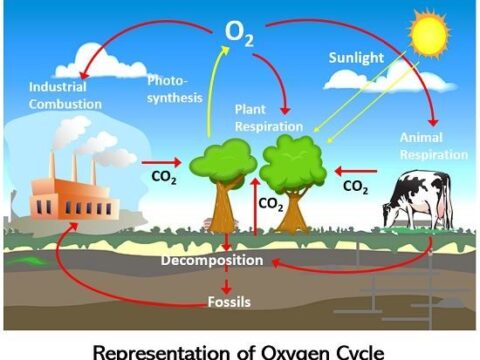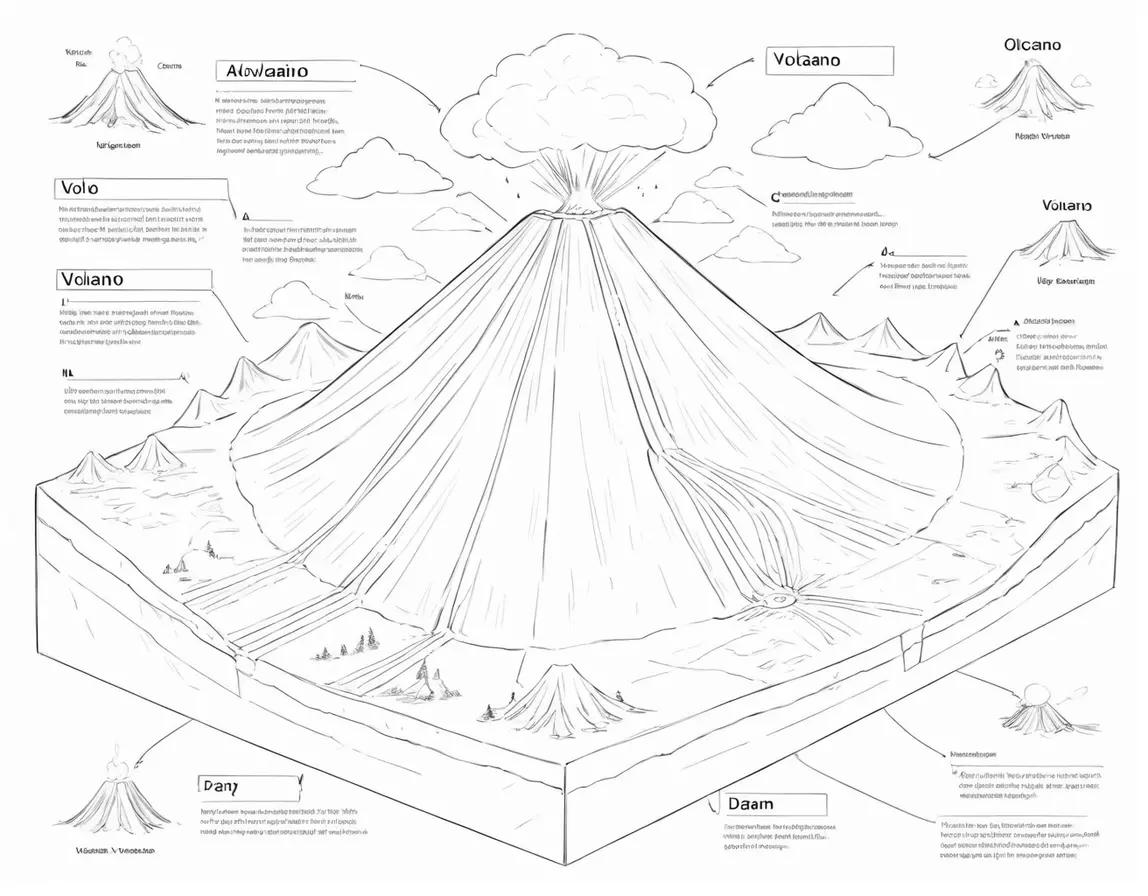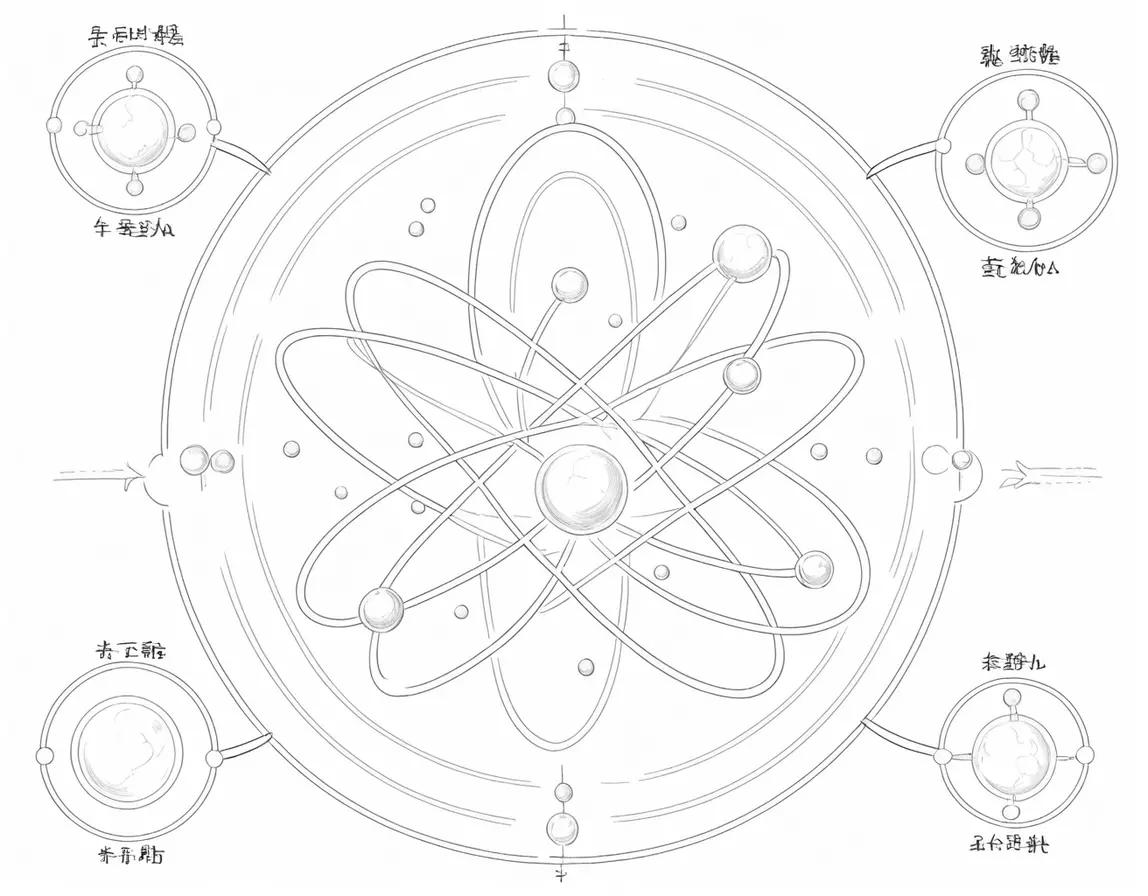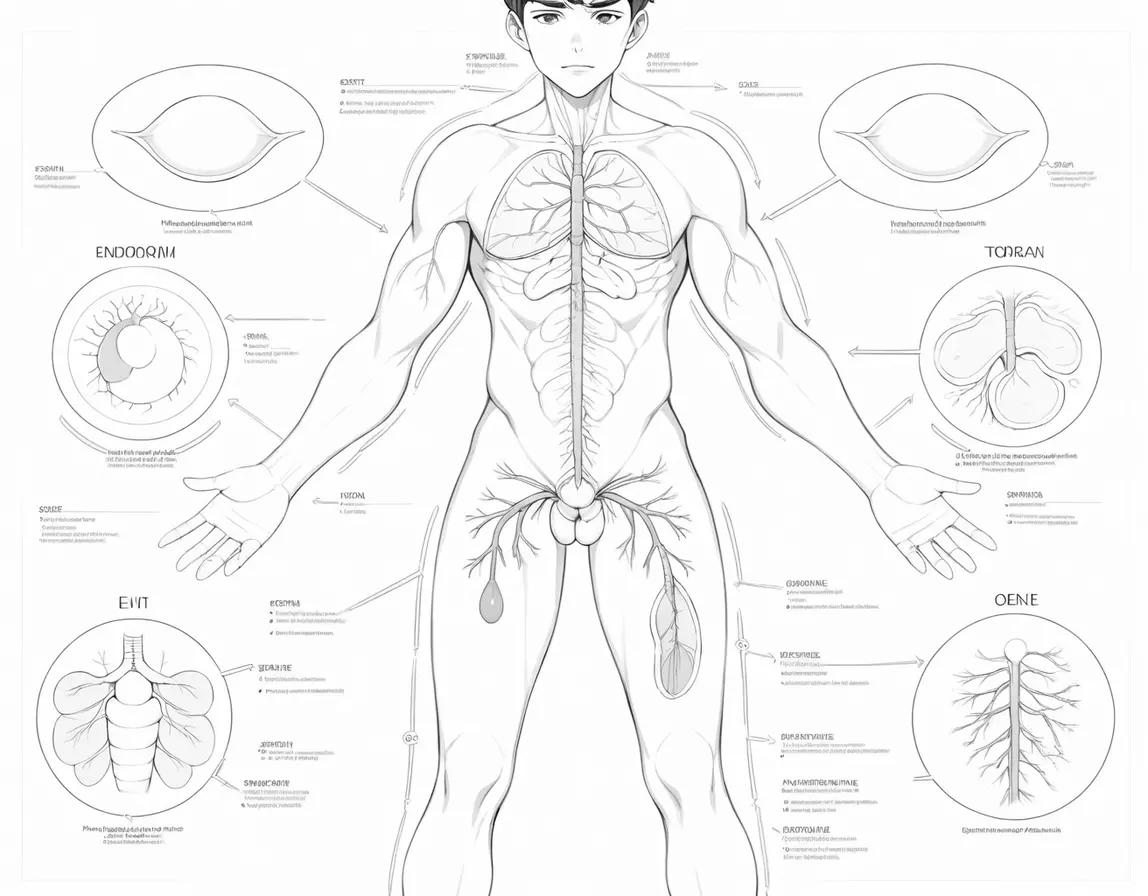
Electricity, a fundamental force in nature, powers the modern world, driving innovations and facilitating countless aspects of our daily lives. This exploration delves into the multifaceted realm of electricity, covering its origins, properties, applications, and the transformative impact it has had on society.
Definition and Historical Context:
Electricity is a form of energy resulting from the existence of charged particles (such as electrons or protons), either statically as an accumulation of charge or dynamically as a current. It encompasses a broad range of phenomena, including electric fields, electric currents, and the flow of electrons.
Historical Context: The study of electricity dates back to ancient times when the Greeks discovered static electricity by rubbing amber against fur. However, it was in the 17th and 18th centuries that pioneers like Benjamin Franklin and Alessandro Volta laid the foundations for understanding and harnessing electricity.
Properties of Electricity:
Charge: At the core of electricity is the concept of charge, a fundamental property of matter. There are two types of charge: positive and negative. Like charges repel each other, while opposite charges attract.
Current: Electric current is the flow of electric charge. It can flow through conductors, such as metals, driven by the movement of electrons. The unit of current is the ampere (A).
Voltage: Voltage, or electric potential difference, is the force that drives electric current. It is measured in volts (V) and is akin to the pressure that pushes water through a pipe.
Resistance: Resistance is the opposition to the flow of electric current. It is measured in ohms (Ω). Materials with high resistance impede the flow of current, while conductors have low resistance.
Circuits and Components:
Circuits: Electric circuits are pathways through which electric current flows. They consist of components such as resistors, capacitors, and inductors arranged in specific configurations. Circuits can be open (broken) or closed (complete), determining the flow of current.
Components: Various components play crucial roles in electrical circuits. Resistors limit the current, capacitors store and release electrical energy, and inductors resist changes in current flow. Diodes allow current to flow in one direction, while transistors act as amplifiers or switches.
Types of Electricity:
Direct Current (DC): Direct current flows in one direction, maintaining a constant polarity. Batteries and most electronic devices use DC power.
Alternating Current (AC): Alternating current changes direction periodically. It is the standard for power distribution in homes and businesses, transmitted through power lines.
Magnetism and Electricity:
Electromagnetism: The interplay between electricity and magnetism is encapsulated in the concept of electromagnetism. When an electric current flows through a conductor, it generates a magnetic field. This principle is foundational in the operation of electric motors and generators.
Faraday’s Law: Michael Faraday’s law of electromagnetic induction states that a change in magnetic field within a closed loop induces an electromotive force (EMF) or voltage. This principle underlies the operation of transformers and generators.
Applications of Electricity:
Power Generation: Electricity is generated through various methods, including fossil fuel combustion, nuclear reactions, and renewable sources like solar and wind. Power plants convert mechanical energy into electrical energy for distribution.
Lighting: Incandescent, fluorescent, and LED lights harness electricity to produce illumination. Thomas Edison’s invention of the incandescent light bulb revolutionized lighting systems.
Electronics and Computing: The entire field of electronics relies on electricity for the transmission and processing of information. Computers, smartphones, and other electronic devices operate based on intricate electrical circuits.
Transportation: Electric vehicles and trains use electricity as a cleaner alternative to traditional fossil fuel-powered transportation. The development of electric vehicles aims to reduce dependence on non-renewable energy sources.
Safety Considerations:
Electrical Shock: Electricity poses risks of electrical shock, which occurs when current passes through the body. Safety measures, such as insulating materials and circuit protection devices like fuses and circuit breakers, are crucial to prevent accidents.
Fire Hazards: Overloaded circuits or faulty wiring can lead to overheating and pose fire hazards. Adherence to electrical codes and regular inspections are essential for fire prevention.
Innovations and Future Trends:
Renewable Energy: The future of electricity is closely tied to the expansion of renewable energy sources. Solar, wind, and hydropower technologies continue to advance, offering sustainable alternatives to traditional power generation methods.
Energy Storage: Advancements in battery technologies are transforming the landscape of energy storage. High-capacity and efficient batteries are crucial for storing energy from intermittent renewable sources and powering electric vehicles.
Electricity is an important part of modern life because it powers many useful things and makes scientific progress possible. It is important for scientists to understand its qualities, parts, and uses, and it is also necessary to use its potential in a safe and environmentally friendly way. There are many things that use electricity, from the flashing light bulbs in our homes to the complex circuits inside our electronics. Electricity is everywhere and has the power to change things.



















